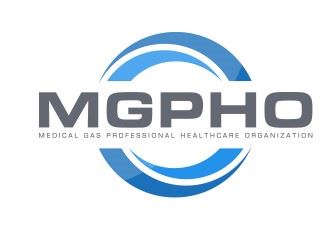Suggested EOSC check valve test procedure:
1. Open the threaded connection and ensure there is no pressure on the system at the EOSC gauge.
2. Connect a USP 99 grade Oxygen H cylinder to the connection port of the EOSC location.
3. Have the +1% accurate test gauge in line between the EOSC connection and the cylinder regulator for the following steps.
3. Bring the oxygen pressure up to no greater than 4 psig above the hospital main line pressure noted on the building pressure switch DISS demand check or the closest oxygen outlet. Note the results. Did flow initiate at or just above the hospital pressure? Yes - pass. No - fail.
4. At the high pressure leak check all hose connections, cylinder/regulator and EOSC/hose connections for leaks. Repair if possible or note of not repairable for this test.
5. Release the oxygen pressure through the cylinder/hose assembly.
6. Once all flow has ceased out of the EOSC location and the test gauge is at 0 psig tighten the cylinder/hose assembly (we use a 1/4" valve teed at the test gauge.
7. Is the EOSC gauge at 0 psig and did it equal or was within it's analytical accuracy reading at the peak pressure during the test as compared to the test gauge readings? Yes - Pass. No - Fail.
8. After 20 minutes observe the pressure on the test gauge connected within the EOSC location. 0 psig - pass. >0 psig - fail.
9. Remove the test gauge and install EOSC gauge.
10. Reconnect Oxygen H cylinder and bring pressure to hospital pressure and leak test the EOSC location gauge. No leaks - Pass. Yes - attempt seating gauge again until a Pass is achieved.
11. Release all oxygen pressure and cap/plug the EOSC port.
12. Close the EOSC location cover and secure with the hospital lock.
13. Observe labeling - meets NFPA 99, 2012? Yes - pass. No - Fail.
14. Record results.
I look forward to reading your comments, questions and concerns. Especially if you have another method to suggest.
